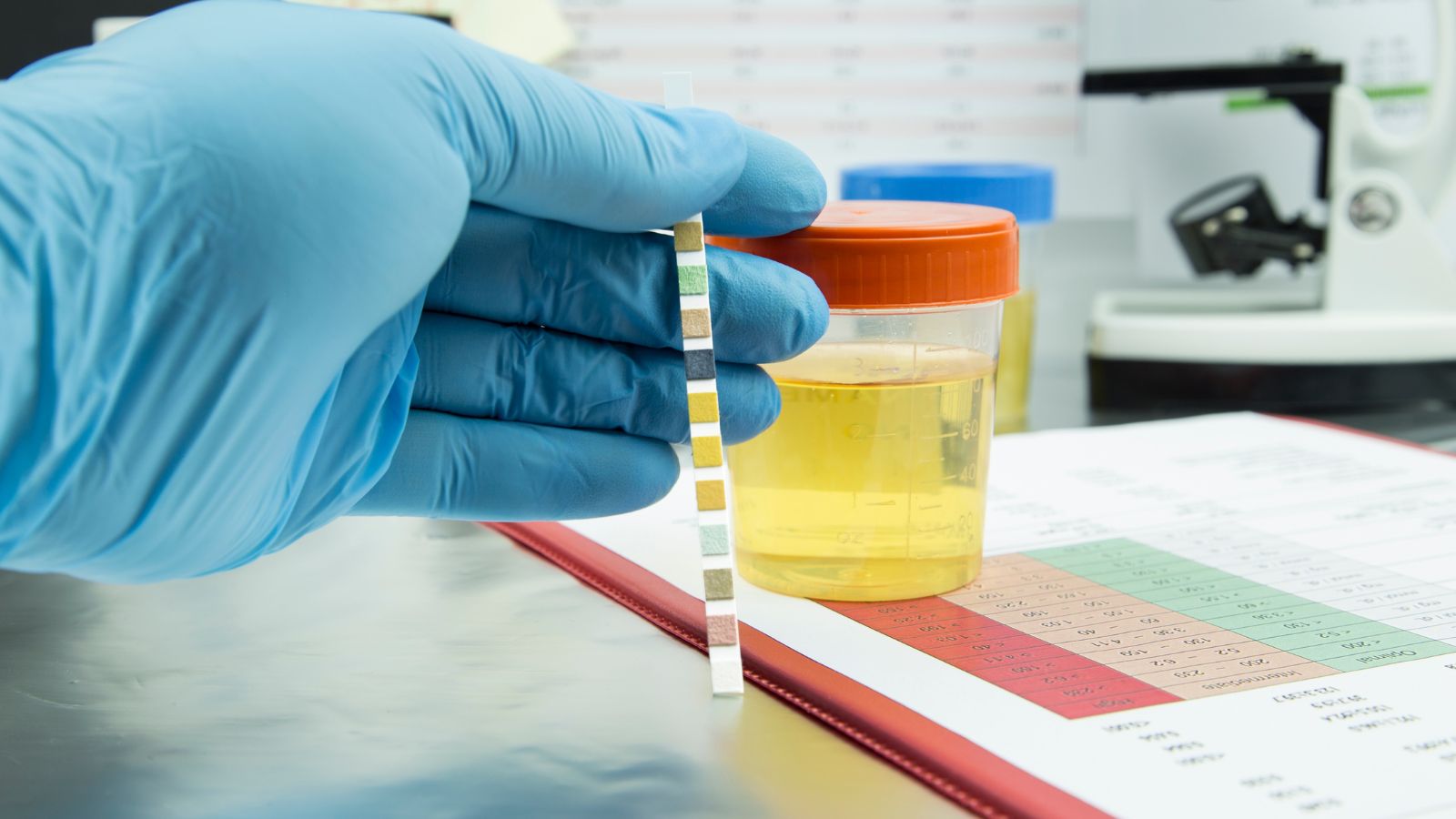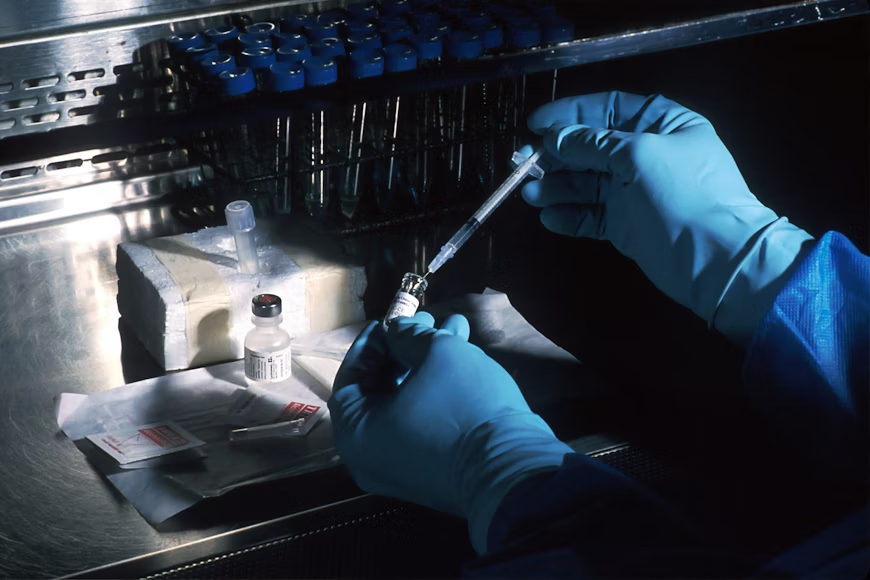Ready to optimize your lab’s testing accuracy?
Every medical lab dreams of reliable and consistent testing protocols that provide precise results. Why? Precision is power in the world of medical research. It leads to:
- Improved patient care
- Enhanced research data quality
The problem
Natural urine samples have variables that cause testing to be inconsistent. In order to have consistent lab testing protocols, you need to be using synthetic urine for research purposes.
Without consistency in your test materials, your results just won’t be reliable.
In this guide, I have compiled a list of the most powerful developments in synthetic urine technology that top researchers are using to calibrate hundreds of medical devices and testing protocols each month.
Let’s get into it!
What you’ll discover:
- Why Do Medical Labs Need Synthetic Urine?
- What Makes Medical-Grade Synthetic Urine Different?
- Advanced Development Strategies for Medical Testing Protocols
Why Do Medical Labs Need Synthetic Urine?
Synthetic urine can provide a ton of benefits to medical labs. If you aren’t already familiar with synthetic urine, here are 3 reasons medical labs should be using synthetic urine in their protocols:
Control Variables
Synthetic urine is one of the best ways to control your testing variables.
The reason? Because natural urine has countless variables that cause your tests to go all over the place. When you use high-quality synthetic urine from reliable formulations — your testing consistency increases.
The more consistent your testing materials are…
The more reliable your medical research data will be.
Let’s take a look at a real medical research lab that was working with these protocols. Every month they implemented a synthetic urine calibration across their testing equipment. Researchers started to notice that over time their results became more consistent because they now controlled tons of variables.
As they implemented more synthetic testing protocols…
Two things started to happen:
- The accuracy of their testing equipment started to rise.
- The natural data output from their research naturally became more reliable.
Makes sense right? High-quality synthetic urine is one of the best ways to increase your testing consistency and accuracy of your medical research data.
Standardization
Think of synthetic urine as the calibration standards you would use for other lab equipment.
Medical labs want to know that they can trust their testing protocols before processing samples. How do they know their equipment is good to go? They use controlled synthetic samples. Building testing protocols with synthetic urine is the best way to increase your standardization and consistency.
Consider this:
You have a brand-new medical laboratory facility that has just started generating results. If you were to trust an established synthetic urine protocol that can output consistent results, then you instantly increase your testing reliability.
Labs trust established protocols. The synthetic urine in that protocol tells other researchers to trust the results as well.
Synthetic Urine Properties
Medical-grade synthetic urine is different. In fact, medical labs need synthetic urine that matches every aspect of natural urine.
Meaning:
- The pH
- The specific gravity
- The chemical composition
- The biological markers
Protocol development is hard enough on its own… But it becomes ten times harder when you need to replicate very specific biological characteristics like metabolites and proteins. The best way to be successful with medical-grade synthetic urine is to ensure that you have an accurate balance of compounds that mirror 100% of natural urine.
It’s different from non-medical synthetic products. Non-medical-grade synthetic urine formulation will build from basic chemical matching before adding complex biological markers that you want to identify during testing procedures. Medical labs are different.
Advanced Testing Protocol Strategies

Time to go over the synthetic urine development strategies. Top research teams in the world are using these exact strategies to generate results like:
Increased accuracy and standardization:
If they can do it, you can too. Scroll through these development strategies, pick a few that you like, and implement them until you start getting those results.
The Chemistry Of Precision
Precision is still king when it comes to medical testing…
Why? The best way to get more precise results out of your testing protocols is to build them from precision formulations. Precision means that the synthetic urine you’re building has exactly the right chemical markers. Building synthetic urine with a precise composition essentially means you pickup accurate test results for no extra cost or work.
When learning how to choose synthetic urine safely for medical applications, synthetic urine should be developed with specific compounds that match natural biological processes 100%.
Medical research found that 23.36% of samples were misleading some of the other research which highlights that you need precision in your testing protocols for accuracy.
How do you make these precise compositions for yourself?
Begin by regularly analyzing natural samples that you want your research to replicate. You should be developing synthetic formulations that contain:
- Exact pH ranges
- Proper specific gravity
- Accurate chemical markers
- Relevant biological compounds
One of the biggest mistakes I see that many research teams make is that they have protocols that vary on each study they run. Make sure that you are using standardized formulations across your studies to make them more reproducible and easy to validate.
Calibration Standards
This is the most powerful strategy that medical labs are using…
Here’s how it works: First you need to identify your top 5 most critical testing devices that need to be calibrated with synthetic standards.
The reason you want to do this is that you want to be able to establish baseline accuracy measurements using these protocols.
Why does your equipment deliver accurate results? It is because labs are calibrating their systems on a regular basis. If you can establish reliable calibration protocols, your equipment will perform as consistently as well.
Now that you have your top 5 critical devices, it is time to develop the synthetic standards for those specific systems. The top medical research facilities today are using sophisticated synthetic urine formulations that are made with dozens of chemical markers.
Now here is the important part… Follow each of these steps and you will guarantee yourself the right calibration:
- Identify your critical testing parameters for each device.
- Develop synthetic standards that match those parameters exactly
- Validate protocols by running repeated testing cycles
- Document each of the results for quality assurance purposes.
Now you have a full system that will allow you to maintain your testing accuracy across all of your lab equipment. This will help you establish the most reliable testing protocols possible for your medical labs.
Final Thoughts
Now you have some of the most powerful synthetic urine development strategies that can be used to build more consistent testing protocols. The reality of the matter is that medical testing protocol development is hard. You have to be willing to put in the time and resources into your favourite strategy in order to start seeing real results.
No Expertise?
Medical facilities do not have the expertise in-house to develop high-quality synthetic urine testing protocols. That is why they outsource the work to specialized research teams.
